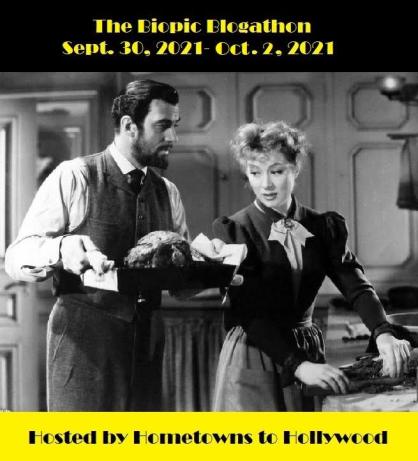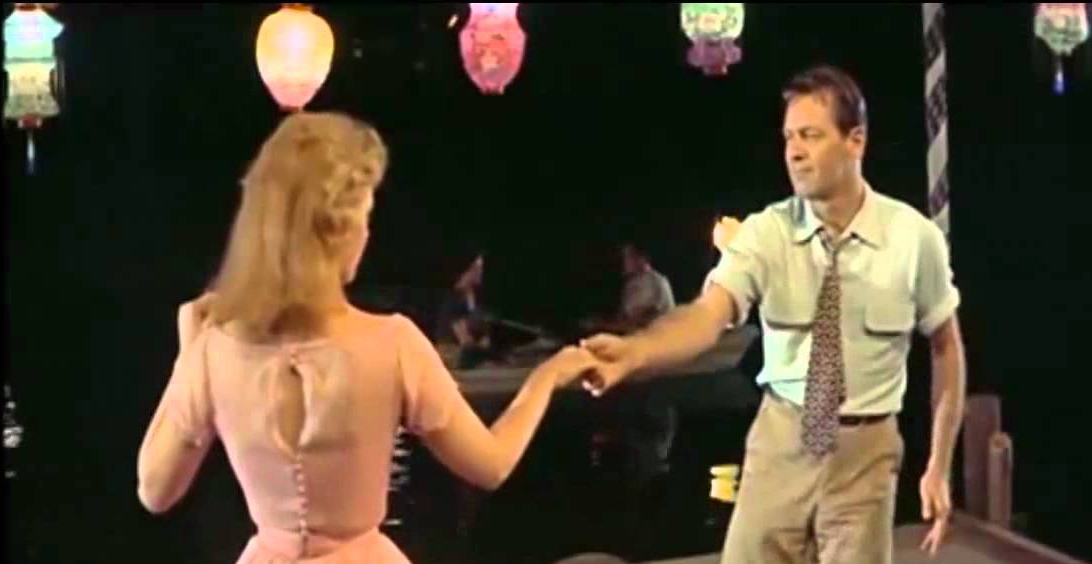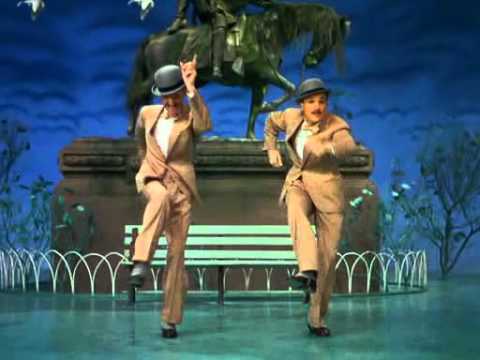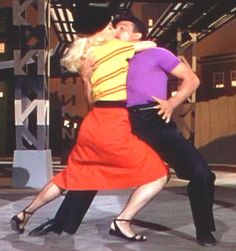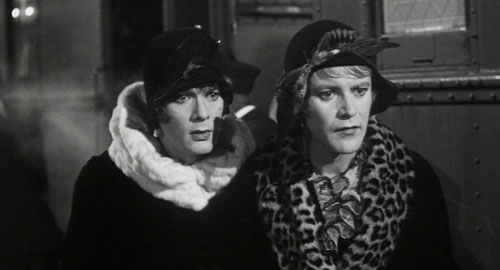
James John “Gentleman Jim” Corbett was a competitive boxer best known for beating the famed heavyweight world champion, John L. Sullivan. Despite having only fought in about twenty matches, Corbett went up against the best fighters the sport had to offer. He was famous for his technique, which involved actual skill and practice, in lieu of sheer brute force. His refined conduct inside and outside the boxing ring led to the media referring to Corbett by the nickname, “Gentleman Jim.” At the end of the nineteenth century, boxing was still illegal in about half of the states in the union. The brutal nature of the sport led to it being considered immoral. However, Corbett’s genteel behavior and adoption of the Marquess of Queensbury Rules 1 (still in use in boxing today) led to the sport becoming more acceptable, especially among the women who flocked to his matches in droves. Corbett was one of the first modern sex symbols in the sports world.
1 The Marquess of Queensbury Rules were drafted in 1865 and established a code of ethics that fighters must follow at all times during a match. It wasn't enough to win, a fighter also had to play by the rules. There are a multitude of rules, including boxing ring regulations, proper gloves and shoes, 10-count before declaring KO, referee given power to end bout, and other rules.

In 1942, about ten years after Corbett’s passing, Warner Brothers set out to create a biopic of his life after having purchased the rights to his story from his widow. To star in the film as the first sex symbol of modern day boxing, Warner Brothers cast (who else?) Errol Flynn. Of all the stars in their stable, Flynn is the perfect choice to appear as the refined, lithe, attractive “Gentleman Jim.” Flynn himself was a boxer before Hollywood and was a natural athlete. To hone his boxing skills and to properly portray the real-life Corbett’s footwork technique, Flynn took extensive lessons. He rarely used a double during filming.
Flynn’s James “Jim” Corbett is presented as a brash young man with a “cock of the walk” type attitude. Working as a bank teller in San Francisco alongside his best friend, Walter (Jack Carson), he very easily ingratiates himself into the Olympic Club, a very elite club and gym for the upper crust. A young woman, Victoria Ware (Alexis Smith) comes into the bank one day to get some change for her father’s card game and meets Jim. Hearing that she’s on her way to the Olympic Club, Jim very graciously (lol) offers to accompany her to the club. Soon he manages to invite himself on a lunch date with Victoria and before he knows it he’s in the club showing off his boxing technique to the members of the club. The members are impressed and much to Victoria’s chagrin, Jim is invited to become a member of the club.

Victoria and Jim have a very funny love-hate relationship throughout the film. Victoria finds Jim’s cockiness and forward behavior very off-putting. On his first day as a member, Jim has himself paged all over the club, “Paging Mr. Corbett,” to make him appear important to the other members of the club. His arrogant behavior irritates the other members of the club, but they put up with it because of his ability. Victoria heckles Jim throughout the film. She cheers for his opponents, boos him when he enters the ring, and mocks his behavior. Victoria’s dad looms in the background laughing at Victoria and Jim’s flirtatious, yet faux contemptuous behavior toward one another. “You two are the funniest couple” he says. However, despite how much Victoria pretends to be irritated by Jim, there’s a definite vibe that she’s got a crush on him. And who wouldn’t? Look at the man.
Jim also has a hilarious Irish family who provide some comic relief for the film. His father, Pat (Alan Hale) and mother, “Ma,” are both Irish immigrants who run a stable in the working class area of San Francisco. After a few prominent boxing matches, Jim’s star rises and he arranges for his family to move to the upper crust Nob Hill neighborhood. Pat and Jim’s brothers run a saloon that Jim purchases for them. The family is hilarious. One of their running gags is their heated arguments, which culminate with them taking the fight outside–“The Corbetts are at it again!” is heard a few times in the film. It is interesting how Jim is the only member of the family to speak with an Australian accent, but we’ll let that slide.

Much of the film involves Jim’s power growing as he takes down one acclaimed boxer after another. During his first major bout, there’s a funny scene where his opponent’s son asks his mother why his dad doesn’t look like [Jim] in his underwear. The mother responds, “he did, once.” Jim wins the match and attends a party in his honor. However, he learns about the snobbery of the upper crust when his friend Walter is kicked out of the party due to not following dress code and drunkenness. My favorite part of this scene is where Walter starts drinking a man’s cocktail and the man says “hey that’s my drink!” Walter says, “it is? Then this must be mine!” as he grabs another drink and knocks it back. Upset over the treatment of his friend, Jim bails and they continue the celebration.

The celebration ends the next morning in Salt Lake City when Jim and Walter wake up. They discover that during their drunken evening, Jim had won $10 in a fight and gained a manager, Billy Delaney (William Frawley). Delaney is “strictly big time” (he says) and is soon booking Jim into more prestigious fights. Jim’s prizefighting career culminates with a huge 60+ round fight against the reigning heavyweight world champion, John L. Sullivan (Ward Bond).

At the risk of spoiling the film, Jim emerges as the victor of the huge Corbett vs Sullivan match. At his celebration party, a humbled Sullivan shows up unexpectedly to cede his title to Jim. The scene is very poignant as Sullivan has to admit defeat and face the fact that he is no longer the greatest in the world. Jim, who idolized Sullivan when he was younger, gives the man a boost as he says that he’s grateful that he wasn’t the same Sullivan a decade prior. This moment humbles Corbett as he knows that there’s always someone waiting in the wings that is better. Soon Corbett will be humbled, just like Sullivan was that evening.
Finally, Victoria and Jim’s contentious relationship reaches its climax. Victoria continues to feign annoyance at Jim’s arrogance and he finally calls her out on it. He makes her admit that she doesn’t hate him as much as she lets on.

(After Jim kisses her while she berates him for being a “tin-horned, shanty Irishman”)
VICTORIA: Fine way for a gentleman to behave
JIM: Oh darling, that gentleman stuff never fooled you, did it? I’m no gentleman.
VICTORIA: In that case, I’m no lady.
(Jim and Victoria kiss again, this time as two people who have the hots for one another)
Errol Flynn and Alexis Smith as James “Jim” Corbett and Victoria Ware in “Gentleman Jim” (1942)
Like most biopics, Gentleman Jim strays from the truth a bit. The real “Gentleman Jim” was soft-spoken as he considered that more dignified. However, the casting of Errol Flynn brought about the “cock of the walk” attitude that definitely makes for a much more exciting film. Gentleman Jim was Errol Flynn’s favorite film of his career and it shows. This film is the peak of Flynn’s popularity and good looks. This film makes the best use of Flynn’s athleticism, good looks, charisma, everything. Alexis Smith was perfect casting. She’s formidable enough both in stature and personality to face Flynn. He is at his best when he has a strong leading lady to play against.

My favorite parts are:
- When Jim falls into the San Francisco bay during an illegal fight and he completes the match in wet boxing pants.
- When Billy Delaney tries to maintain a quiet, relaxing environment for his prizefighter in the days leading up to the John L. Sullivan fight and his family bursts in and soon they’re singing and dancing an Irish jig. Billy Delaney says: “Look at those maniacs! What do you mean barging in here like a herd of wild elephants?” I love how Jim looks on in the background in amusement while Billy and Pat scuffle.
- When Ma Corbett corrects her family, saying “John *L* Sullivan,” emphasis in the L.
- The ending romantic scene with Victoria and Jim where they finally kiss. It’s about time, you know she’s been wanting to hook up with him since the beginning of the film.
- The very sweet scene between Jim and Ma where she worries about him fighting.
Now, time for my swoon moment:

Errol Flynn. Errol is my #1 favorite actor and this is the film that cemented that. He is hot hot in this film and is fantastic. He is one of the few leading men who take attention away from the leading lady. He is so gorgeous in this film and is just so much fun to watch. Aside from the film being genuinely a good film, he also provides plenty of opportunities for ogling.
In this film, we get to see:
- Flynn in wet, tight pants
- Flynn in short shorts
- Flynn in a tuxedo and top hat
- Flynn in a form-fitting union suit. HE EVEN MAKES A UNION SUIT LOOK GOOD.
- Flynn in tight pants
- Flynn with no mustache
- A lot of shirtless, Flynn action


